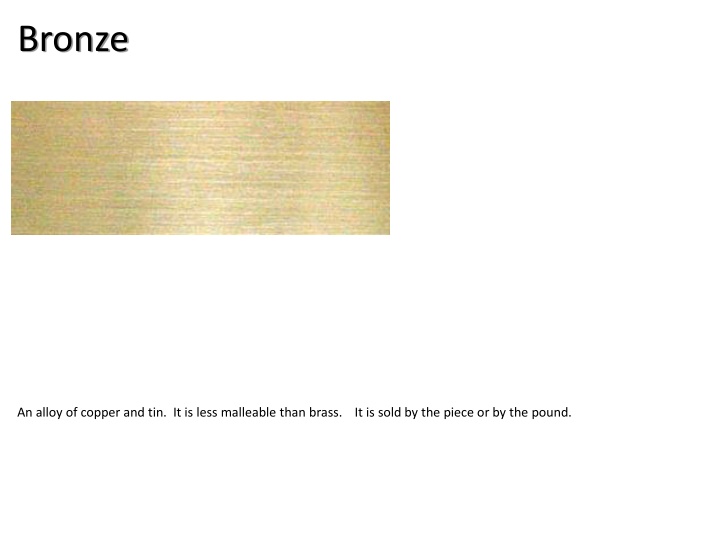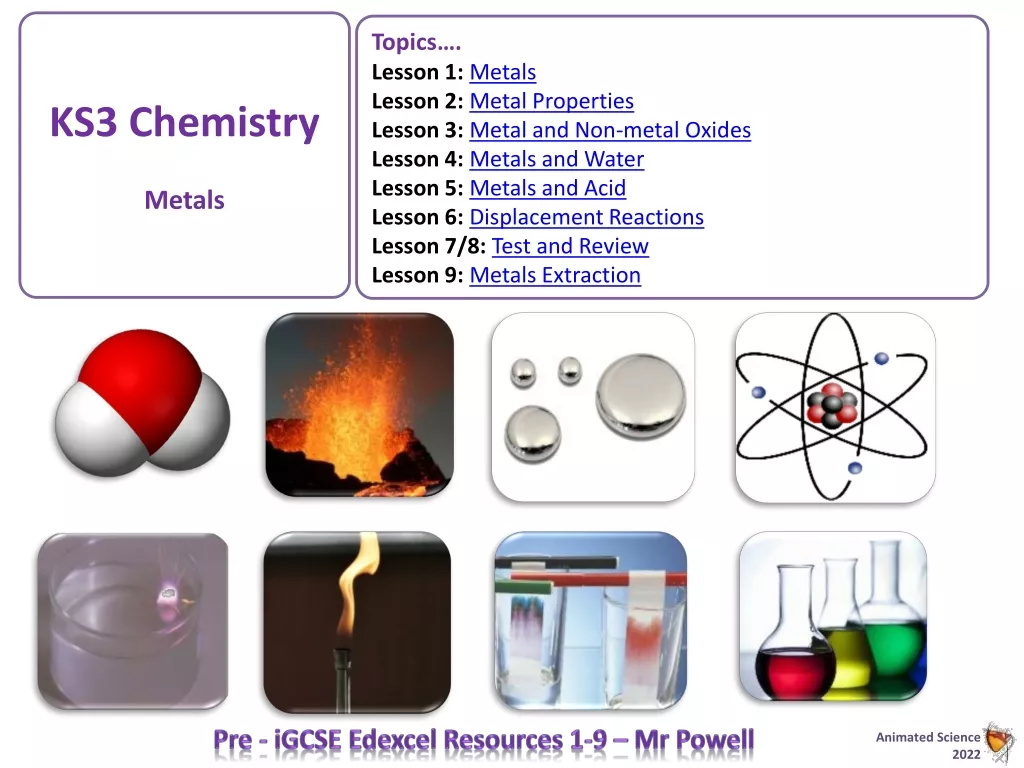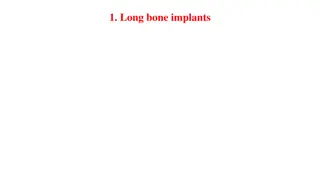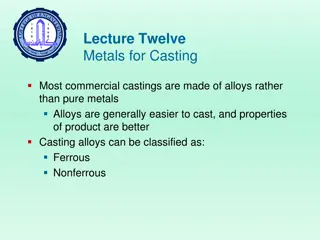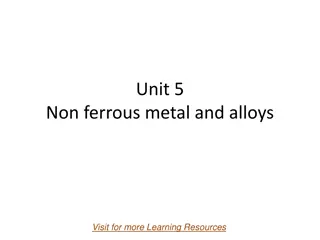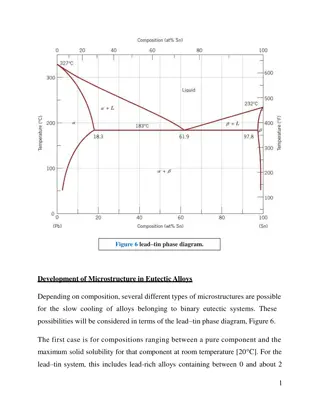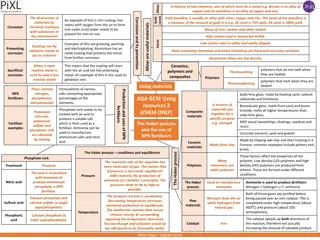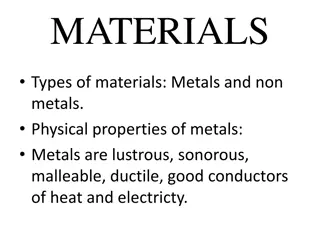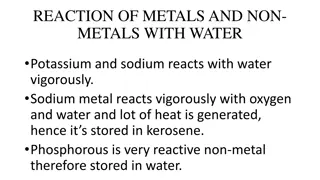Types of Metals and Alloys Used in Construction
Various metals and alloys play crucial roles in construction, from bronze and copper to stainless steel and galvanized steel. Each material has unique properties and applications, such as bronze's malleability, copper's versatility, and stainless steel's resistance to oxidation. Understanding the characteristics of different metals helps in selecting the right material for specific construction needs.
Download Presentation

Please find below an Image/Link to download the presentation.
The content on the website is provided AS IS for your information and personal use only. It may not be sold, licensed, or shared on other websites without obtaining consent from the author.If you encounter any issues during the download, it is possible that the publisher has removed the file from their server.
You are allowed to download the files provided on this website for personal or commercial use, subject to the condition that they are used lawfully. All files are the property of their respective owners.
The content on the website is provided AS IS for your information and personal use only. It may not be sold, licensed, or shared on other websites without obtaining consent from the author.
E N D
Presentation Transcript
Bronze An alloy of copper and tin. It is less malleable than brass. It is sold by the piece or by the pound.
Copper It is sold by the piece, running foot or pound.
Brass An alloy of copper and zinc. It is sold by the piece or by the pound.
Aluminum It is sold by the square foot, by the piece or by the pound.
Cast Iron Used to make castings for cylinder blocks, plow bottoms, housings for tractor differentials, transmission cases, sprockets wheels, pulleys, pipe fittings and gears.
Galvanized Steel The coating varies from 0.0002 inch for the lightest coating to 0.002 inch for water pipe.
Stainless Steel An alloy steel that resists oxidation. Commonly a chrome or nickel alloy of iron.
Hot Rolled Steel Available in many shapes. Formed hot the finish is rough and dark.
Cold Rolled Steel It is commonly used for making bolts and shafting. Shaped cold the metal is bright and shiny.
Sheet Metal Sizes thinner than 1/8". Commonly hot rolled steel in 2',3', and 4' widths and 8', 10', and 12' lengths. Steel may be plain or galvanized. Thickness in wire gauge sizes.
Tool Steel It can be tempered to various degrees of hardness.
Angle Iron It is sold by the pound. Sized by the length of the legs and thickness. Ex. 2 x2 x1/4 .
Square Tubing Wall thickness varies from very light ( ex. .080") to thick in larger sizes (ex. 1/2"). Heavier wall tubing is excellent for cultivator tool bars because of its smooth exterior finish and ability to with stand heavy loads.
Plate Sizes thicker than 1/8". Commonly hot rolled in 4'x8' sheets.
Rectangular Tubing Unequal dimensions (ex. 2"x4") steel tubing. Wall thickness varies from very light ( ex. .080") to thick in larger sizes (ex. 1/2"). Also see square tubing.
Channel Iron The common sizes range from 1/2 X 1 inch to 4 X 12 inches.
Diamond Plate Sizes range from 1/8 to 1/4 inch thick, 4 to 5 feet in width and 8 to 12 feet in length.
Square Bar Ranges in size from 1/8 inch and greater.
Expanded Metal Come in gauge thickness and usually 4 to 5 foot width and 8 to 12 foot lengths.
Flat Bar Size is 3/16 inch thick and greater and comes in a variety of widths.
Strip Iron It is 1/8 inch or less in thickness and comes in various widths.
H Beam A 4 inch H beam is 4 inches wide and 4 inches high.
I Beam Used to support structures (placed horizontally). Typical lengths 20-40 feet.
Straight Shank Twist Drill If used on hard steel and at high speeds, it should be made of high speed steel.
Reduced Shank Drills The shank of the drill comes in three sizes, 1/4, 1/2, and inch.
Tapered Shank Twist Drill It should never be used in a chuck.
Drill Drift Used for removing Morse taper sleeves and tapered shank twist drills from a drill press. Also called a Center Key.
Taper Reamer Used to ream holes for tapered pins used on farm machinery and equipment.
Morse Taper Sleeve Used as an adaptor to insert different number taper shank twist drills into the drill press.
Chuck Used to hold a drill in a drill press or drill motor. May portable drill motors are using keyless chucks that are tightened by hand.
Chuck Key Used in keyed chuck to tighten or loosen the chuck
Countersink The shank is 1/4 inch in diameter and can be used in hand or power drills.
Diamond Chisel Use for cutting keyways and groves. Useful for tight places where a cold chisel is too large. Sized by the width of the cutting edge.
Cape Chisel Use for cutting keyways and groves. Useful for tight places where a cold chisel is too large. Sized by the width of the cutting edge.
Cold Chisel Size is determined by the width of the cutting edge.
Round Nose Chisel The sides of the shank are flattened and the width at the cutting edge determines the size.
Engineers Hammer Sizes are form 2 1/2 to 4 pound with handle length of 16 inches.
Ball Peen Hammer This hammer is constructed with a ball at one end and a round crowned hammering face at the other. Also called a Machinist s Hammer
Blacksmiths Hammer The hammering surface is crowned. Designed for use in forming hot metal.
Dead Blow Hammer It does not absorb liquids or produce sparks when striking steel objects. Some models are weighted with lead shot.
Hand Drilling Hammer The head is made in three different sizes, 2, 3, and 4 pound. It has a short handle and can be used in tight places to drive punches and chisels.
Tinners Hammer The hammer head is beveled on one end and has a square face on the other.
Sledge Hammer Looks like engineers hammer but much larger. 6-12 pounds in weight.
Metal File Common Shapes: flat, mill, square, half round, round and three square (triangular). Common Coarseness Cuts (rough to smooth): bastard, second cut, smooth. Kinds of Teeth: Single Cut and Double Cut.
"T" Tap Wrench "T" type tap wrenches have an adjustable chuck.
Tap Wrench Used to hold the tap when threading.
File Card The card is a small fine wire brush.
SAE Tap Used to cut Society of Automotive Engineers or National Fine threads in bored holes and nuts.
USS Tap Used to cut United States Standard or National Coarse threads in drilled holes or nuts.
Bottoming Tap Widely used in machine operations to complete a thread in a bottom of a hole.
